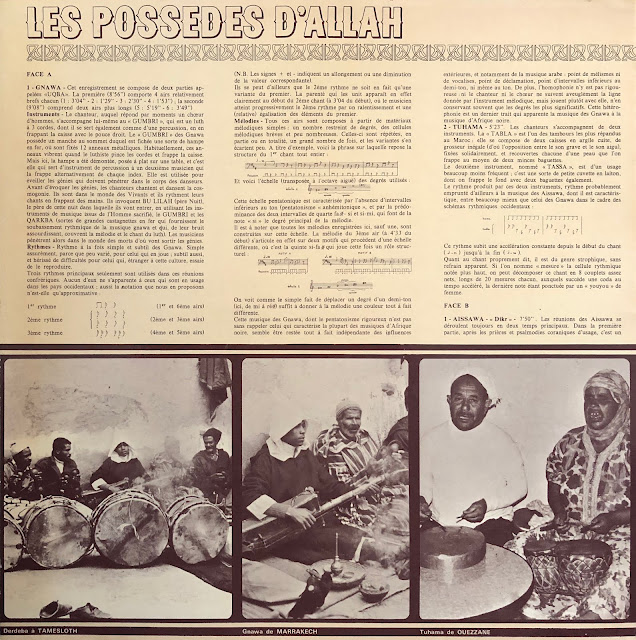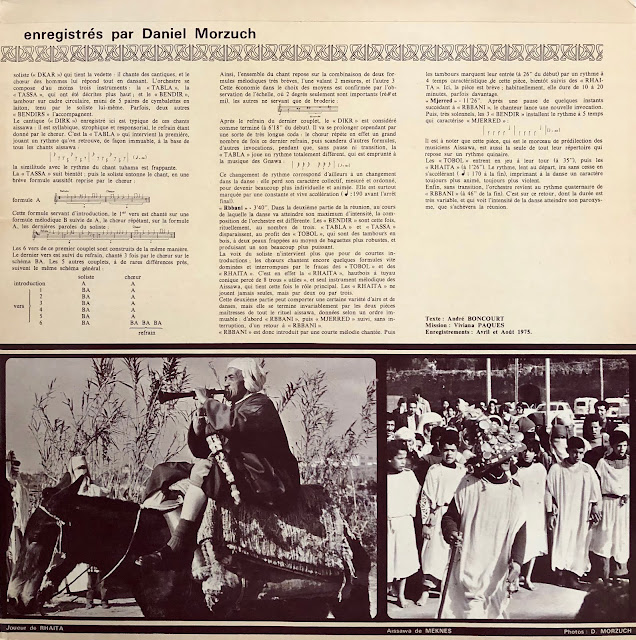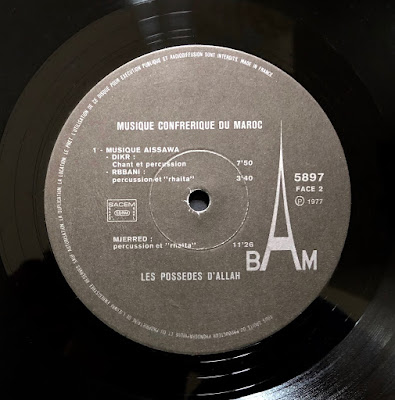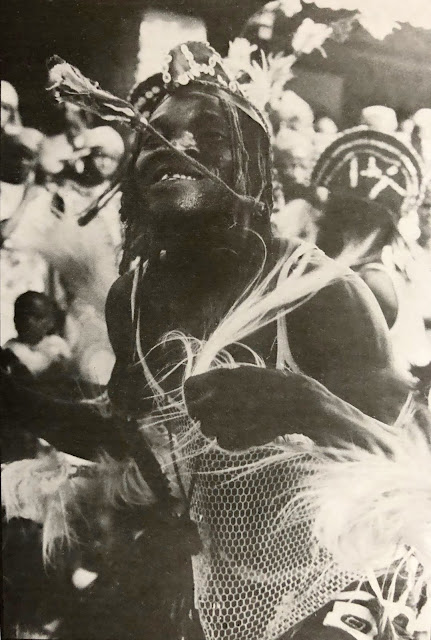M. D. Ramanathan – HMV 7 EPE 1646 – 1969 (Vinyl 7 inch, 45 RPM)
(1923-1984)
Born in Manjapara, a small village in Kerala, in 1923, Carnatic vocalist M. D. Ramanathan, aka MDR, was first trained in music by his father before being taken under the wing of the outstanding musician and teacher Tiger Varadachariar (1876-1950).
With his rich, deep and soothing voice and slow-tempoed rendering, which set him apart from his contemporaries, MDR quickly established himself on the South Indian music scene.
He also composed over 300 Carnatic songs (kritis) in Sanskrit, Tamil and Telugu, often spontaneously inspired during visits to temples and holy places. According to T. M. Sivaraman*, “He was a great devotee of Lord Rama, and was very well versed in all aspects of Hindu religion, spirituality, mythology, various temples and their traditions and the relationship of great saint singers to these temples.”
*http://www.carnaticdarbar.com/
*http://www.carnaticdarbar.com/
These two tracks exemplify the unhurried feeling of serenity, poetry and reflective sobriety conveyed by MDR’s music. He is accompanied here by the eminent M.S. Gopalakrishnan (1931-2013) on violin and T.V. Gopalakrishnan (b. 1932) on mridangam.
Né à Manjapara, un petit village du Kerala, en 1923, le chanteur Carnatic M. D. Ramanathan, alias MDR, a d'abord appris la musique sous la conduite de son père, musicien et professeur de musique, avant que Tiger Varadachariar (1876-1950), un des grands doyens de la musique au Tamil Nadu, ne prenne sous son aile celui qui deviendra son plus grand disciple.
Avec sa voix riche, profonde et apaisante et son utilisation d’un tempo lent, MDR se distingue de ses contemporains et s’impose rapidement sur la scène musicale d'Inde du Sud.
Il a également composé plus de 300 chansons carnatiques (kritis) en sanskrit, en tamoul ou en telugu, souvent inspirées spontanément lors de visites de temples et de lieux saints. Selon T. M. Sivaraman*, "il était un grand dévot de Lord Rama et avait une connaissance approfondie de toutes les facettes de l'Hindouisme, sa spiritualité, sa mythologie, ses divers temples et traditions, ainsi que des liens qui unissent les grands saints chanteurs à ces temples."
*http://www.carnaticdarbar.com/ (traduit de l’anglais)
*http://www.carnaticdarbar.com/ (traduit de l’anglais)
Ces deux morceaux illustrent la sensation de sérénité, de poésie et de sobriété contemplative qu’évoque la musique de MDR. Il est accompagné ici par les éminents M.S. Gopalakrishnan (1931-2013) au violon et T.V. Gopalakrishnan (né 1932) au mridangam.
Download
MDR's guru Tiger Varadachariar (1876-1950):
The photographs below are from Dieux et Brahmanes de l'Inde by Louis Frédéric, Livre de Paris, 1961:







































